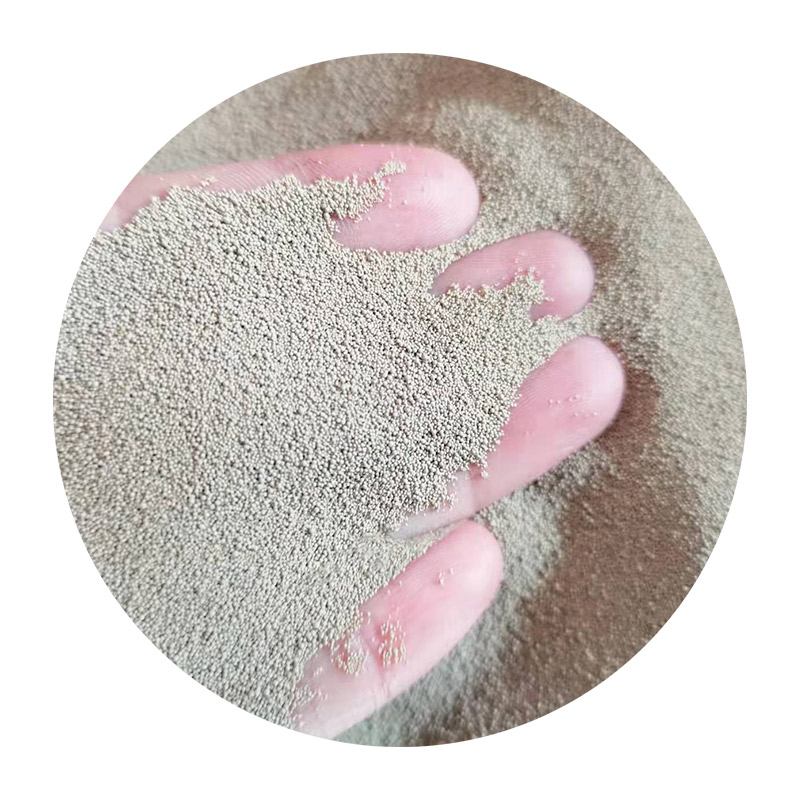The Significance of Sand in Casting Processes
Sand casting is a widely recognized metal casting process that utilizes sand as a primary mold material. This technique has been employed for hundreds of years due to its simplicity and cost-effectiveness, making it a formidable choice in various industrial applications, from automotive to aerospace. The versatility of sand in casting not only serves functional purposes but also enhances the overall quality of cast products.
At the core of sand casting lies the choice of sand, which is typically composed of silica. This natural material possesses properties that are conducive to the formation of molds. One of the key attributes of silica sand is its ability to withstand high temperatures without melting, making it ideal for the casting of molten metal. The sand grains create a porous structure, allowing gases to escape during the pouring of metal, thus reducing the risk of defects such as blowholes.
The sand casting process begins with the preparation of the mold. First, a pattern is created, which is a replica of the final product. This pattern is then embedded in the sand mixture, which is usually combined with a binder to provide strength. The mold consists of two halves, known as the cope and the drag. After the pattern is placed, the sand is compacted around it to form a mold cavity. The two halves are then carefully separated, and the pattern is removed, leaving a hollow impression of the desired object.
The customizability of sand molds is one of the significant advantages of this casting process. Using various sand mixtures and binders, manufacturers can tailor the mold's characteristics to meet specific requirements such as strength, permeability, and surface finish. This adaptability makes sand casting suitable for producing a wide range of parts, including intricate designs and larger components that would be impossible to achieve with other casting methods.
sand in cast

Once the mold is prepared, the next step is to pour molten metal into the cavity. The introduction of metal into the sand mold requires precision and care, as any turbulence can lead to defects. After the metal fills the mold, it is left to cool and solidify. The cooling time will vary depending on the size and complexity of the part being cast. Once solidified, the mold is removed, revealing the finished product. This process may involve the use of shakeout techniques to separate the casting from the sand.
It is worth noting that while sand casting is an efficient method for producing metal parts, it is not without challenges. The quality of the sand, the binder system, and the mold design all play crucial roles in determining the final outcome. Variability in grain size, moisture content, and compaction can lead to inconsistencies in the mold, contributing to surface defects and dimensional inaccuracies. Therefore, it is essential for manufacturers to maintain strict quality control throughout the casting process.
Moreover, advancements in technology have enhanced the sand casting process. The incorporation of computer-aided design (CAD) and computer-aided manufacturing (CAM) systems allows for precise modeling and simulation of the casting process, which can significantly reduce lead times and improve product quality. Modern sand casting facilities often employ methods such as 3D printing to produce sand molds, enabling even greater complexity and precision.
In conclusion, the use of sand in casting is vital for creating high-quality metal components across various industries. Its unique properties, coupled with the adaptability of the casting process, allow for the production of a diverse array of products. As technology continues to advance, the sand casting process is likely to evolve further, creating new opportunities and improving efficiencies in manufacturing. Thus, understanding the significance of sand in casting is essential for professionals in the field, as it holds the key to both current practices and future innovations.
Post time:Desemba . 29, 2024 04:43
Next:Resin Coated Sand Suppliers for Quality Industrial Applications and Construction Needs
